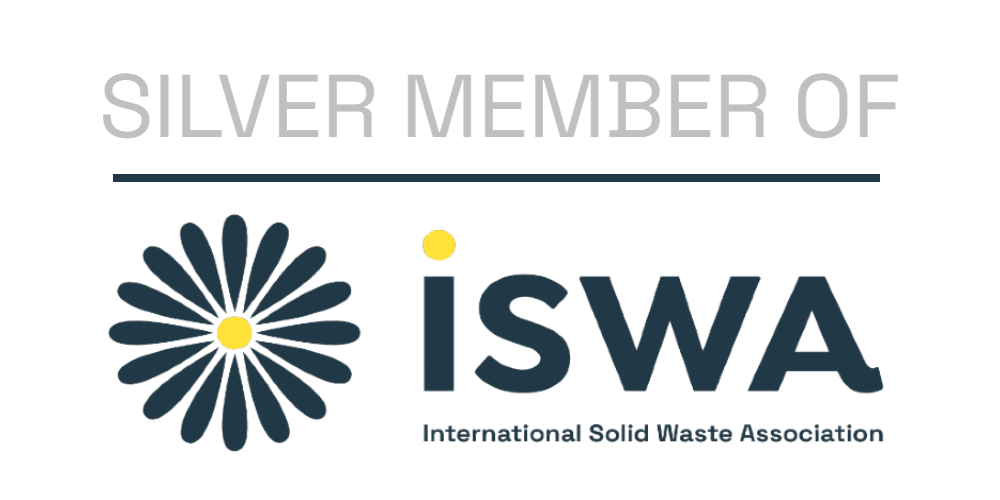Vaccination campaigns play a critical role in promoting healthier populations and preventing the spread of diseases. However, they also contribute to environmental challenges, particularly through increasing carbon emissions each year. This article examines the key environmental impacts of vaccination campaigns and their estimated carbon emissions.
Key Environmental Impacts of Vaccination
Healthcare supply chains significantly contribute to the carbon footprint of vaccination programs, accounting for 60–80% of a healthcare system’s overall emissions. Each year, more than 16 billion injections are administered globally generating waste in the form of needles, syringes, vials, packaging, and personal protective equipment (PPE).
During health emergencies and outbreaks, such as COVID-19,the volume of unsegregated waste increases. The introduction of these new vaccines into routine immunization schedules further increases the environmental burden.
Estimated Carbon Emissions from Immunization Programs
Vaccination programs account for 0.00094% of global carbon emissions, equivalent to 350,125 tons of CO2 annually. This is comparable to the carbon footprint of 226,423 passengers flying on the Dubai–New York route in economy class. Below is a breakdown of the carbon emissions from immunization programs:
- Waste Disposal: 98,542 tons CO2eq (28% of total emissions)
- Production: 70,112 tons CO2eq (20% of total emissions)
- Transport: 95,640 tons CO2eq (27% of total emissions)
- Operations: 85,831 tons CO2eq (25% of total emissions)
Waste disposal represents the largest source of emissions in vaccination campaigns. Therefore, addressing this issue should be a priority for countries and organizations like UNICEF. As the volume of medical waste continues to increase, implementing sustainable solutions is critical to minimizing the environmental footprint.
Sterilwave: A Sustainable Solution to Medical Waste Disposal
In response to these challenges, Bertin Technologies offers Sterilwave, a sustainable solution to medical waste disposal. Sterilwave is an innovative, microwave-based technology designed to treat medical waste without prior segregation. This technology ensures that waste is safely and efficiently treated on-site, thus reducing the overall environmental impact.
Advantages of Sterilwave:
- Reduction in Carbon Emissions: By converting medical waste into non-hazardous material on-site, Sterilwave significantly reduces transportation and disposal emissions. For example, in Cambodia, using Sterilwave results in a more than 75% reduction in CO2 emissions compared to incineration (source: ADB in Cambodia).
- Sustainability: Sterilwave eliminates the need for incineration, which is a major source of harmful emissions. This makes it an environmentally friendly alternative to traditional waste disposal methods.
- Cost-Effective: Sterilwave helps reduce operational costs by minimizing the need for waste transportation and handling, offering a more sustainable and cost-efficient solution for healthcare systems.
- Energy-Efficient: Sterilwave is a 100% electric, waterless decontamination system that requires no draining system. The ultra-compact design ensures it can be used in hospitals of any size.
By adopting Sterilwave, countries can not only mitigate the environmental impact of medical waste disposal but also align with global efforts to reduce carbon emissions from immunization programs.


